The SEDEX audit is an international instrument that assesses various aspects of a company’s ethical policies in its supply chain. Sedex audit makes information public and makes the business ensure that all the company’s procurement and operations are ethical.
With SEDEX, one ethical audit can build trust across buyers. Legal4sure has enabled thousands of factories to achieve this through expert guidance, clean records, and zero delays.
The Sedex audit is based on Sedex’s 4 pillar audit: Labor Standards and Health & Safety; Environment; and Business Ethics. We will focus on two of the most crucial Sedex pillars: Labour Standards and Health & Safety.
Both of these Sedex pillars can regarded as integral cornerstones of ethical business practices enhancing not only global conformity to standards, but socially responsible working conditions, and environments as well as promoting sustainable business practices across the international supply chain.
The second vital aspect we considered in our SEDEX audit is the aspect of Health and Safety, which checks that business organizations offer safe working conditions for their employees. This particular Sedex pillar must not only be important to help the well-being of the workers but also to enhance efficiency and productivity for the business.
If a company adheres to the SEDEX audit standards for Labor or Health & Safety then the business’s benefits are not only supporting compliance with international regulations and the rules of a certain country but it will also improve its work climate. These Sedex audit pillars show that a company has high ethical standards besides caring for its employees. Compliance with SEDEX standards helps businesses build a strong reputation, making them more attractive to global buyers who prioritize ethical sourcing and responsible labor practices. Moreover, companies that pass a SEDEX audit gain access to a platform that allows them to share their ethical performance with multiple buyers, promoting transparency and trust within the supply chain. The SEDEX audit has a crucial function of maintaining ethical business practices in supply chains. Focusing on Labor Standards and Health & Safety allows organizations to change their workplace for the better and ensure employees’ rights. Adherence to these standards is not just a matter of compliance; it’s a commitment to ethical responsibility that resonates with customers, stakeholders, and the broader community. Whether you are preparing for a SEDEX audit or seeking to improve your business practices, focusing on labor and health & safety standards is a vital step toward creating a responsible and sustainable supply chain.
Are you willing to improve your company’s ethical compliance and open new markets for yourself? Apply for SEDEX Audit Requirement with Legal4sure now and see the transformation. We offer detailed SEDEX audit to guide you through every step of the certification process, from pre-audit consultation to corrective actions. Contact Legal4sure today for a free consultation to take the first step toward Sedex Audit for Your Business!








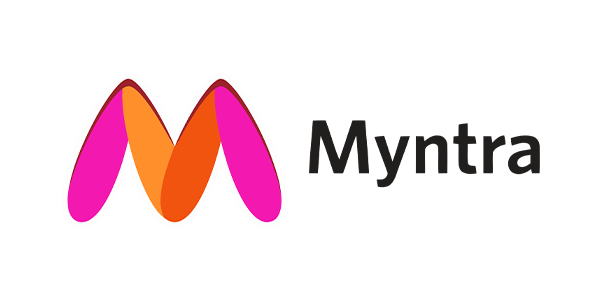
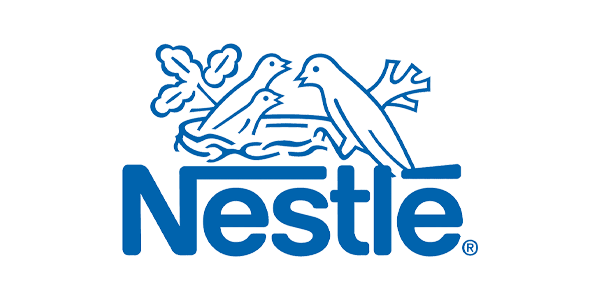





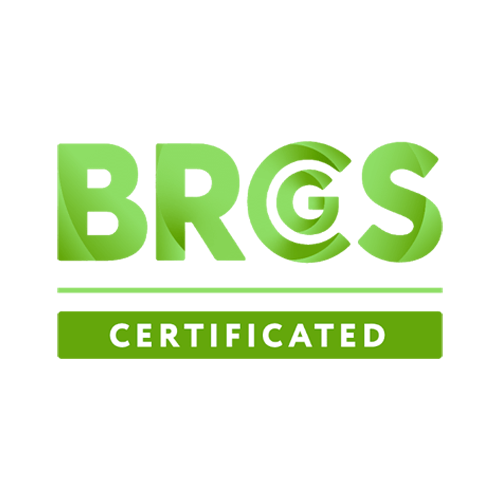
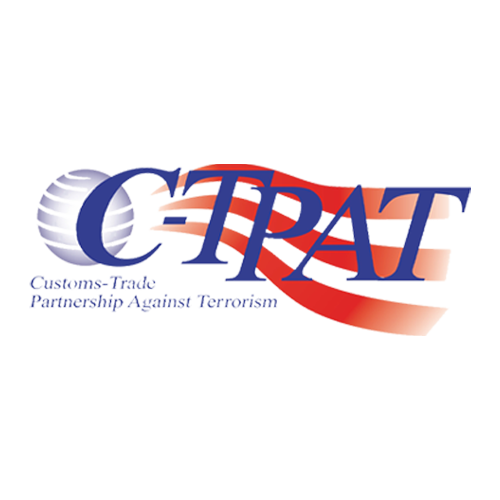



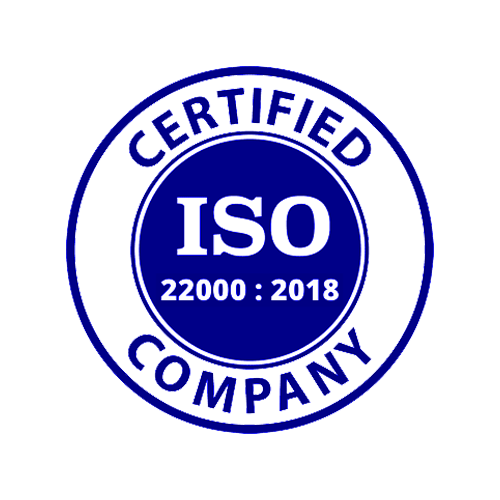


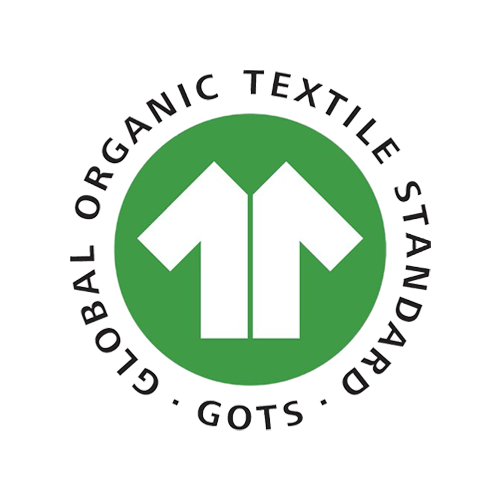


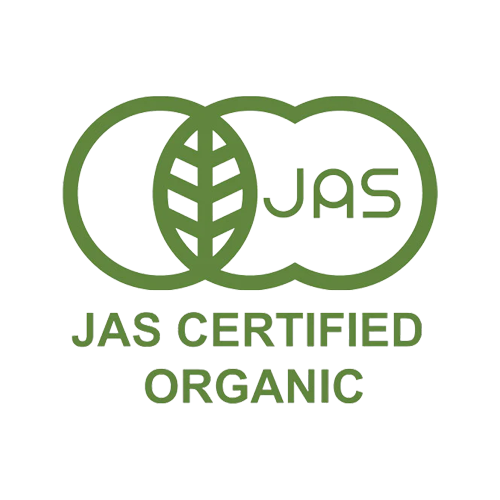




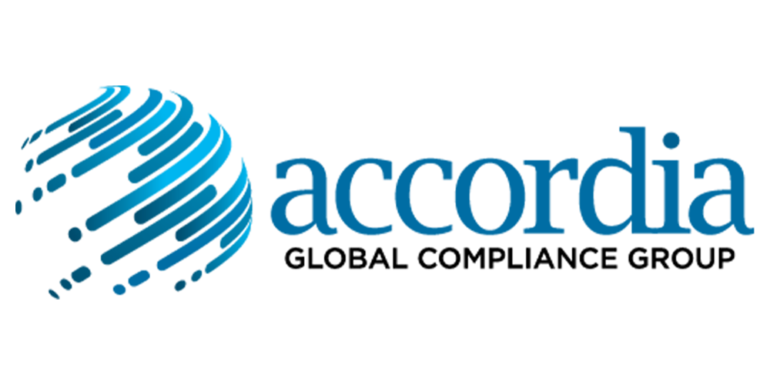
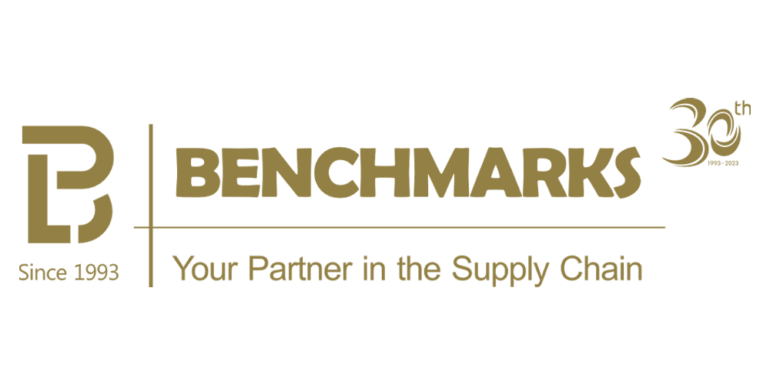


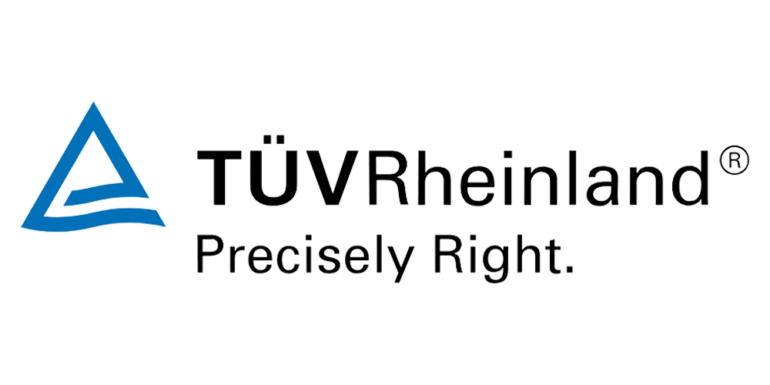
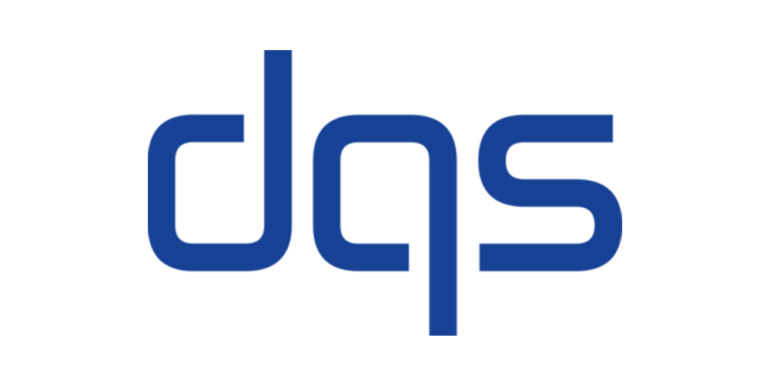
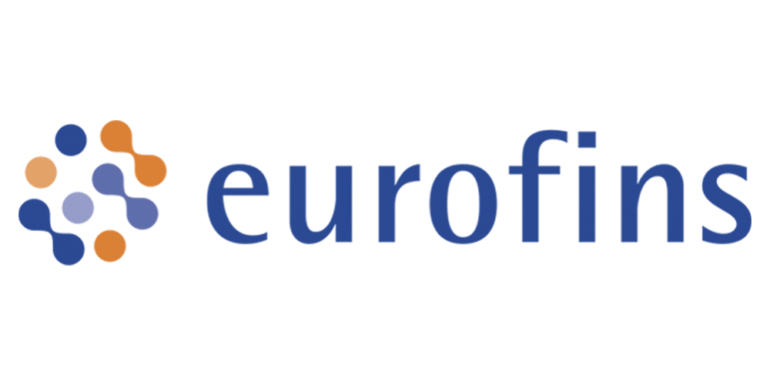

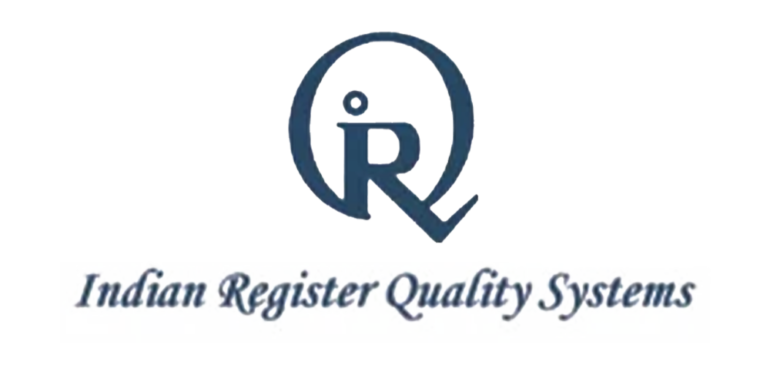
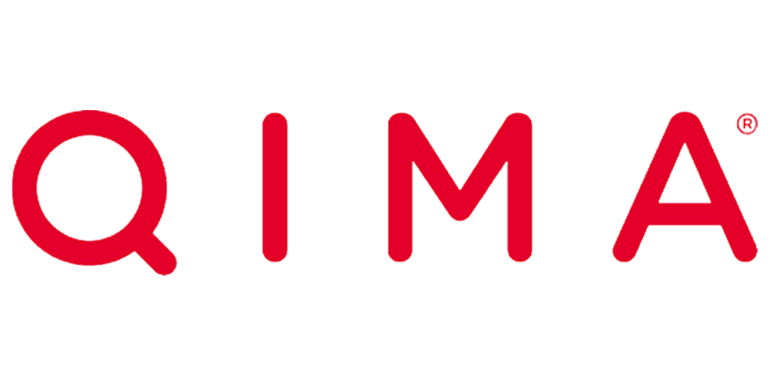
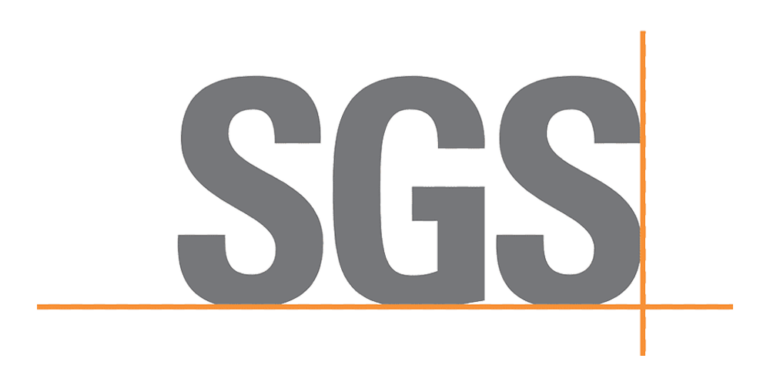
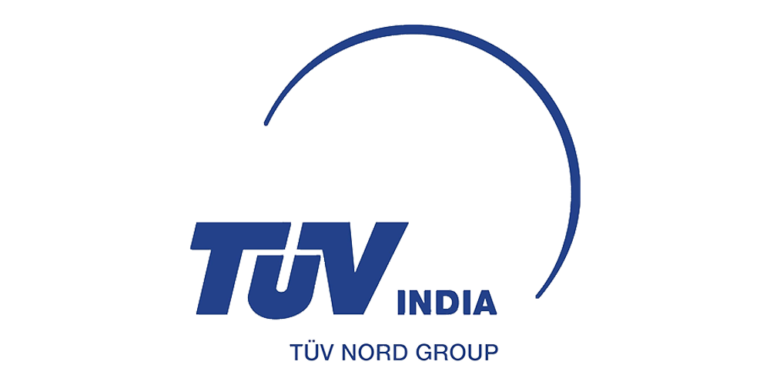
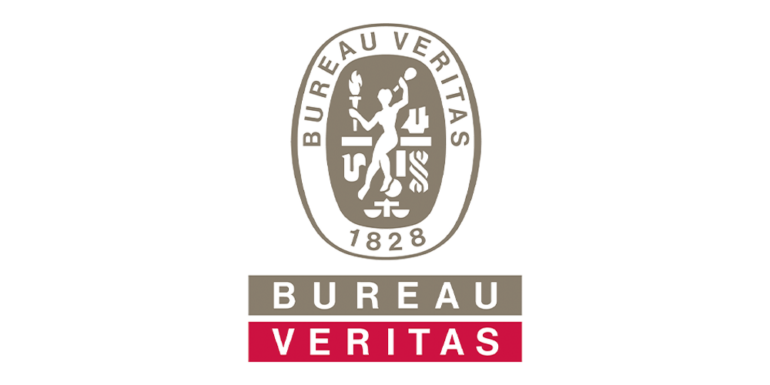
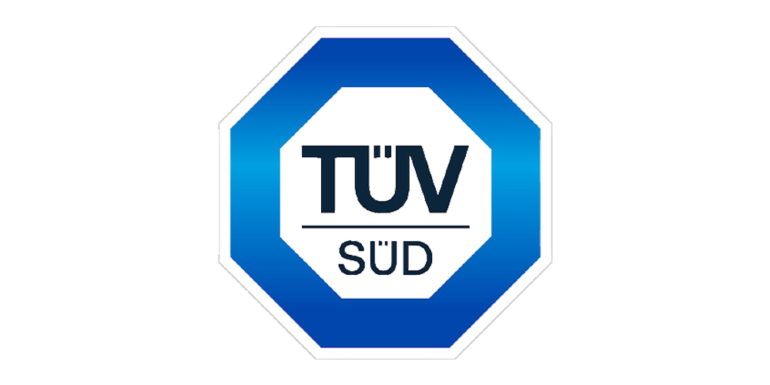
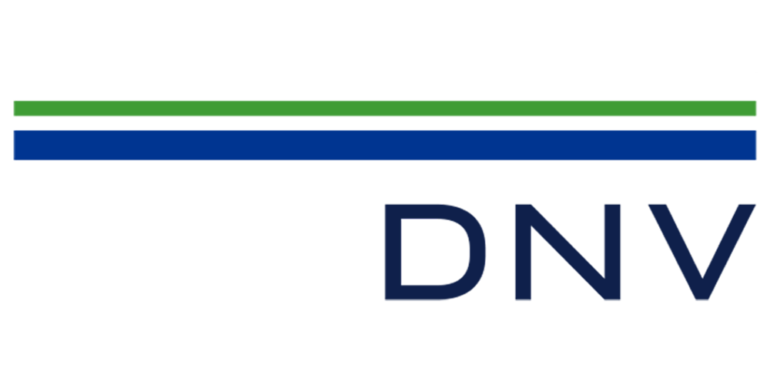














The Sedex 2-Pillar Audit focuses on two core areas: labor standards and health & safety, ensuring ethical practices in these crucial aspects of business operations.
Sedex Audits help businesses demonstrate their commitment to ethical practices, meet global supply chain requirements, and improve transparency with partners and clients.
Sedex Audits cover labor standards, health and safety, environmental management, and business ethics to ensure responsible sourcing and production practices.
Sedex focuses on ethical trade and is unique in its collaborative approach, allowing companies to share their audit results with multiple clients through a single Sedex platform.
A Sedex Audit report is typically valid for one year, after which a follow-up audit may be required to maintain compliance.
Your next step towards expert assistance is just a message away.

